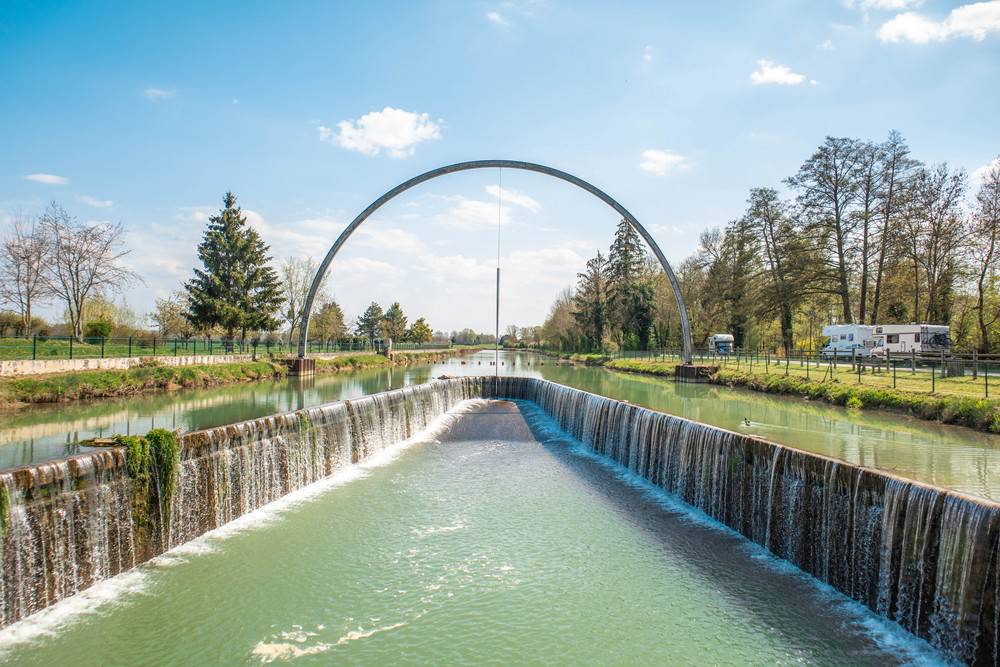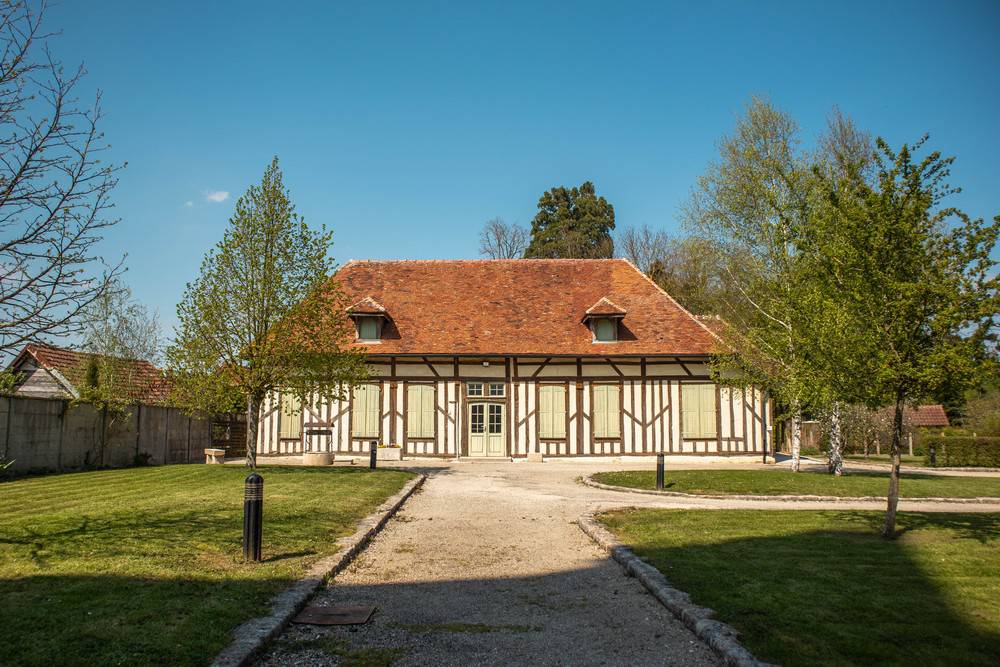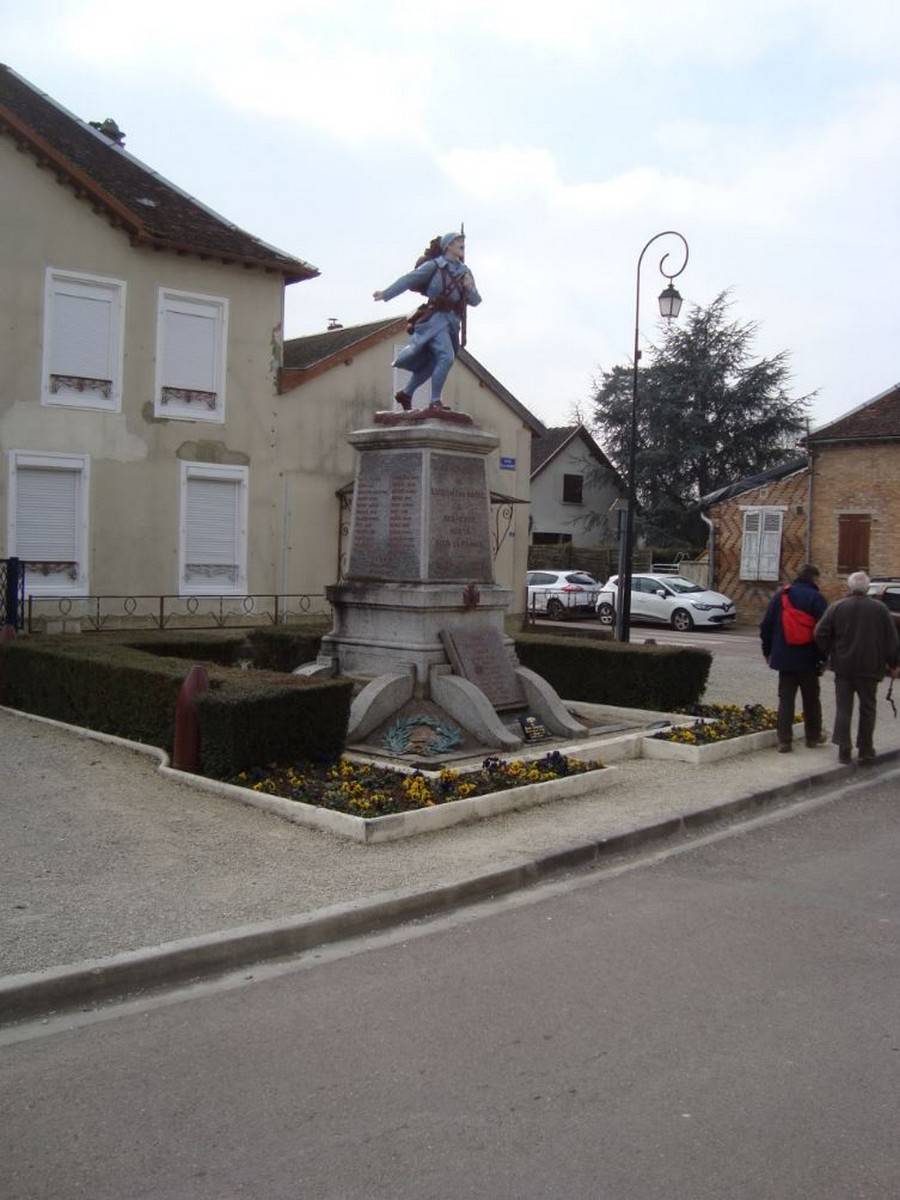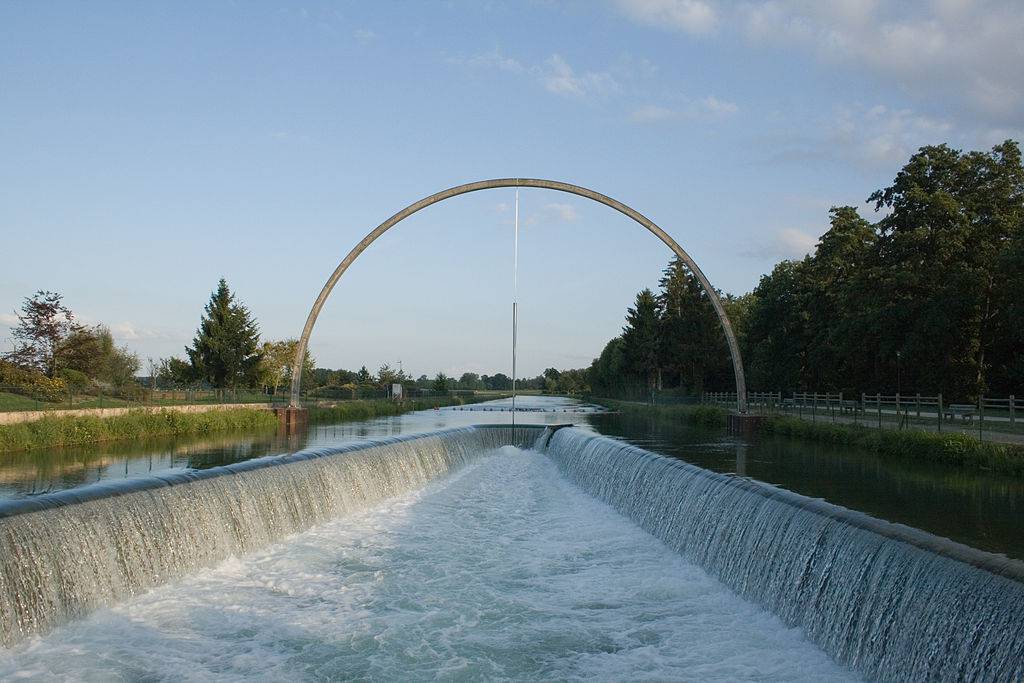This commune covers an area of 38km² and has 1905 inhabitants who are known as ‘Lusigniens’. It is located 20 minutes south-east of Troyes. Reached via the D1, D690 or the D57, it is 9 minutes from junction 23 (Thennelières) of the A26 between Calais and Troyes and about 15 min from junction 21 (Saint-Thibault) of the A5 from Paris.
Lusigny-sur-barse has nursery, primary and secondary schools as well as a public library. Sporting associations offer many activities including dance, windsurfing, archery, football, gymnastics, hunting, fishing and dog training.
Leisure and cultural associations are also represented in the town and offer art, embroidery, cookery and music workshops. It is one of the communes of the Forêt d’Orient Regional Nature Park and has direct access by car or bike to the beaches of the Lac d’Orient. The Villes et Villages Fleuris organisation has awarded the commune three flowers.
Until the 1990s, it was possible to get to Lusigny-sur-barse by train, and alight at the station which can still be seen in the Rue de la Gare. This building was also used as the model for a model-train station that is still sold today.
Lusigny-sur-barse is also unusual in having a house with a wall that has bones sticking out of it. The reason for this strange phenomenon is unknown. Legend has it that the bones are those of horses that died in the 1814 battle, when Napoleon‘s troops opposed the Austrians and the Prussians who were trying to join forces.
Others have tried to link them with customs recorded in other regions, where bones were used as tools, to hold up trellises or even to ward off bad luck. The question remains unanswered, but you can see this strange sight at the edge of the village on the main road towards Troyes.
East of Lusigny-sur-barse, you can admire a modern feature: Klaus Rinke’s Arch. L’eau, was created in 1986 and built to last using stainless steel and oak. It pays tribute to the philosopher Gaston Bachelard who was born in the region.
L’eau is accompanied by three other works illustrating Bachelard’s reflections on the four elements: La Terre is in Mailly-Champagne, l’Air in Langres and Le Feu in Chooz.
The First World War Memorial in the Place Maurice Jacquinot, opposite the Mairie, has a coloured statue of a soldier in uniform standing on a pedestal.
At the crossroads of Rue Chantelot and Bas des Grands Champs, a memorial records the names of those who died in an ambush on 27 August 1944 during the Second World War.
The church of Saint-Martin dates from the 16th century and was extended in 1879 by two 16th-century style arches. Its tiered architecture gives height and is typical of the architecture of the early gothic period. The late 19th-century stained-glass is beautifully made and has vibrant colours.
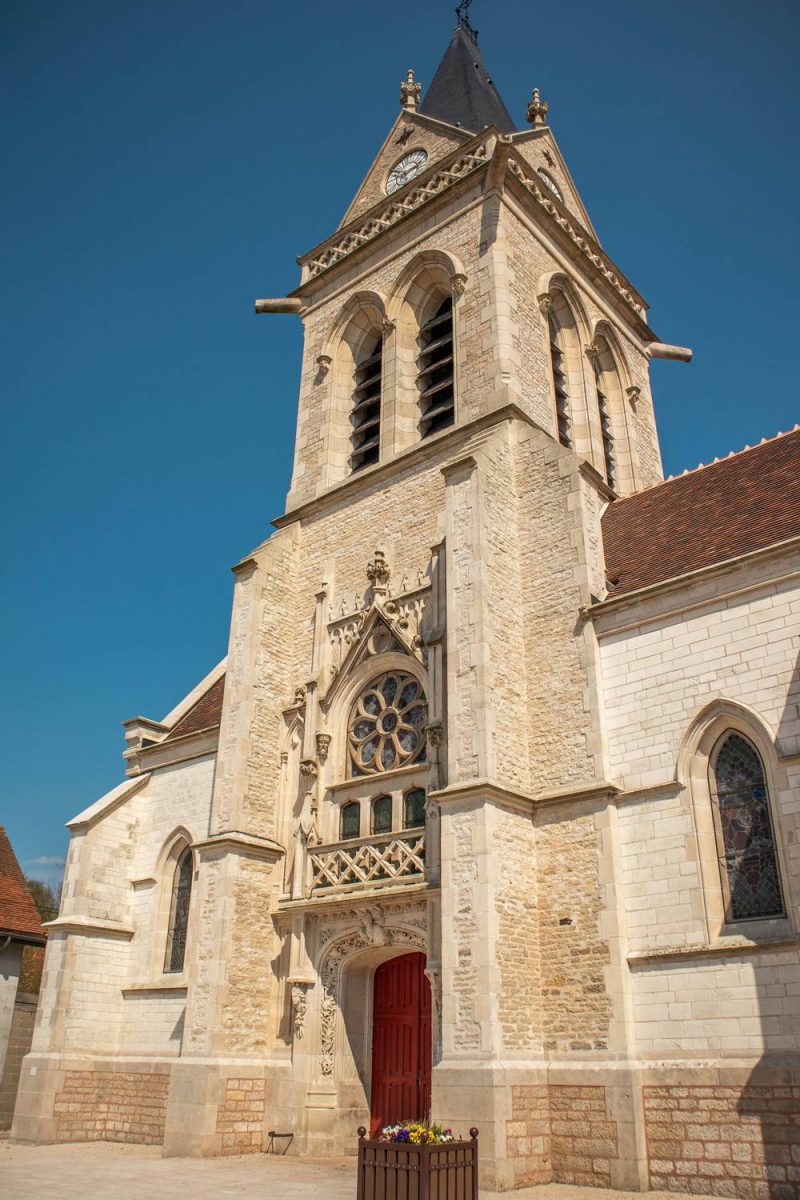
Some of the church furnishings are classified as historic monuments, including four gilded oak reliquaries dating from the late 18th and early 19th centuries, a group carved from wood in the late 16th or early 17th century showing the education of the Virgin, and an enormous 1.85m-tall statue of a Madonna and Child in polychrome and gilded limestone dating from the early 14th century.
TO FIND OUT MORE
>>> Commune Website
>>> Accomodation
>>> Catering
>>> Shops and Services
